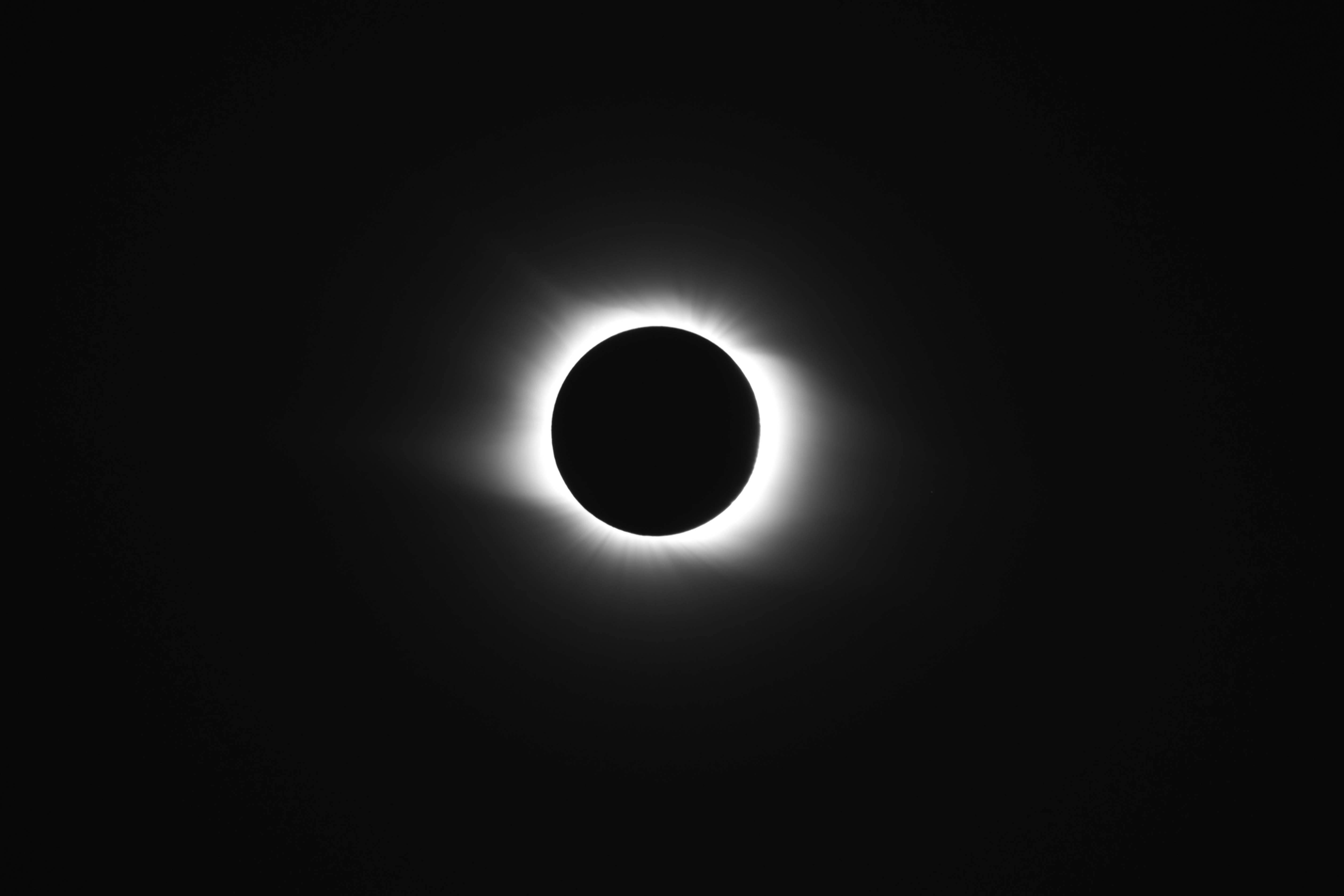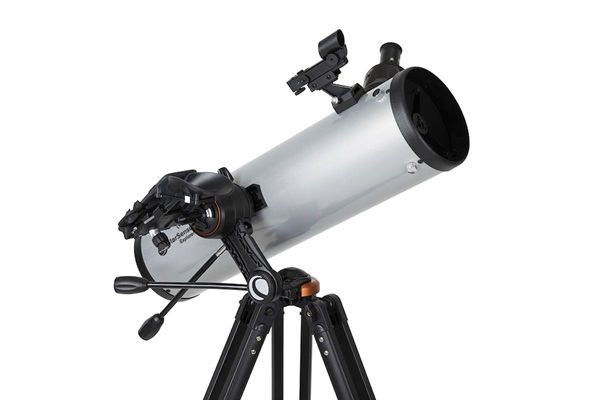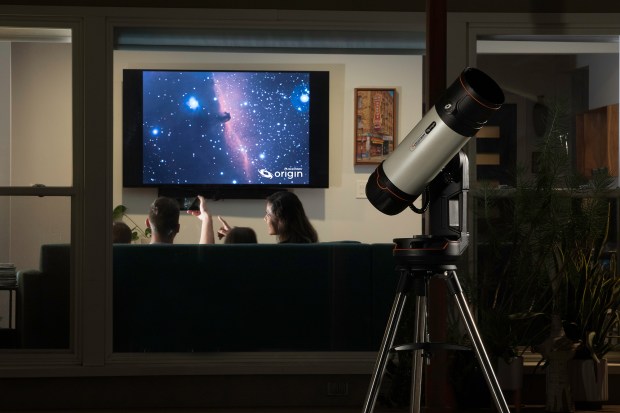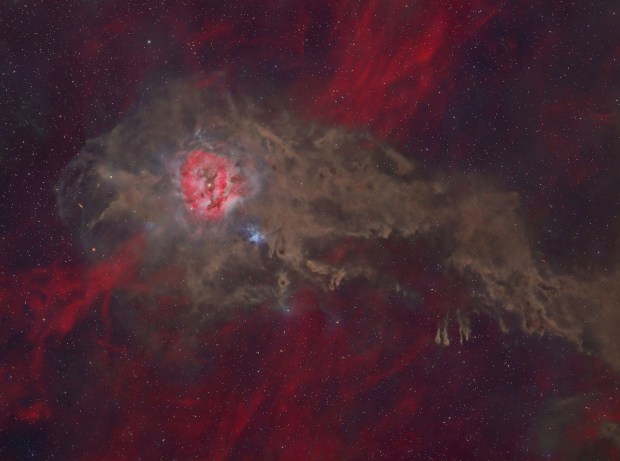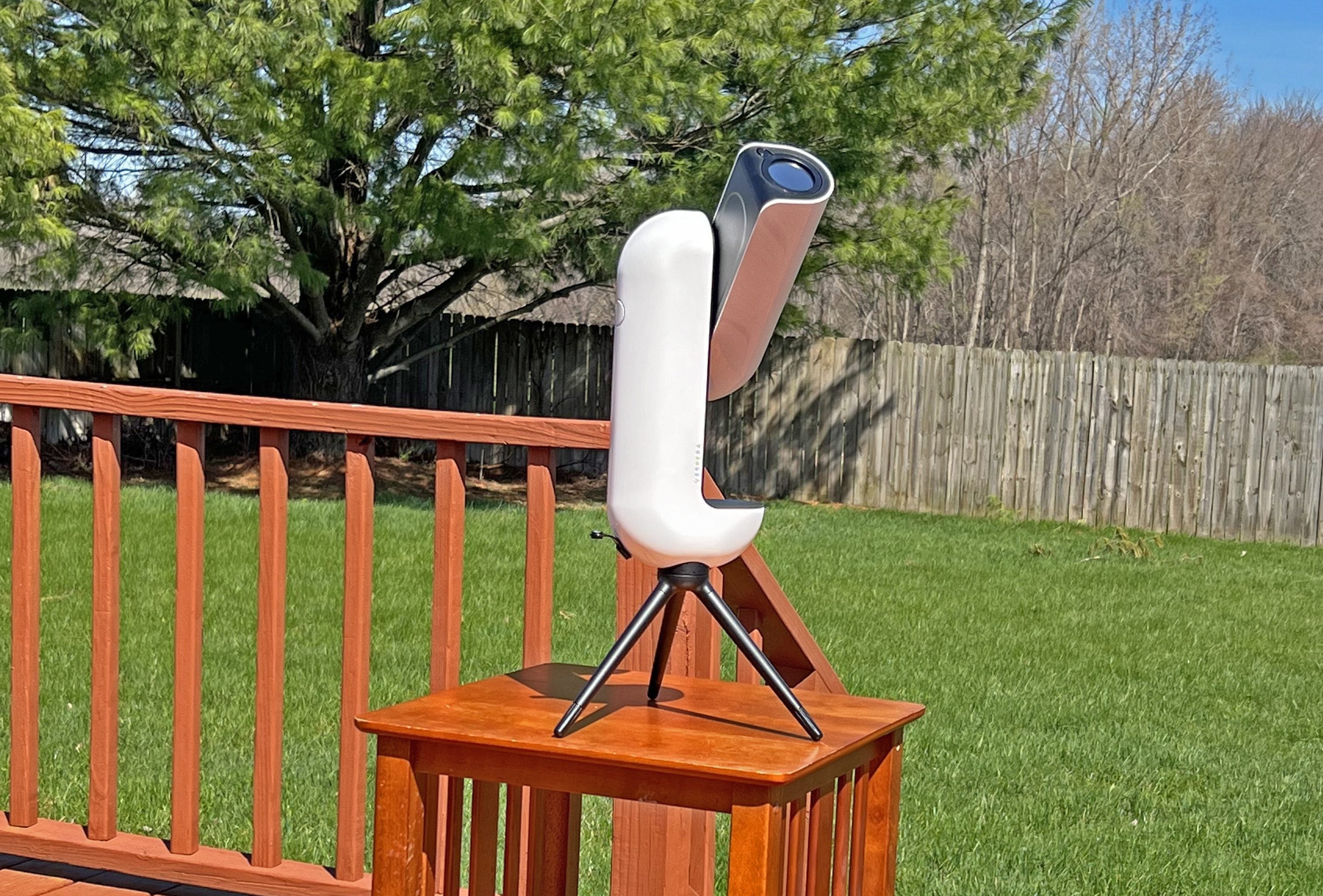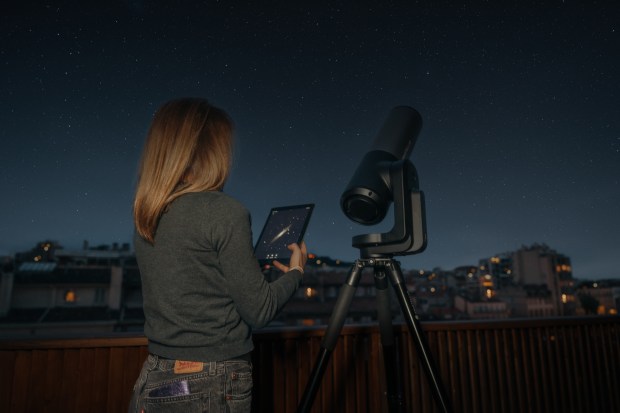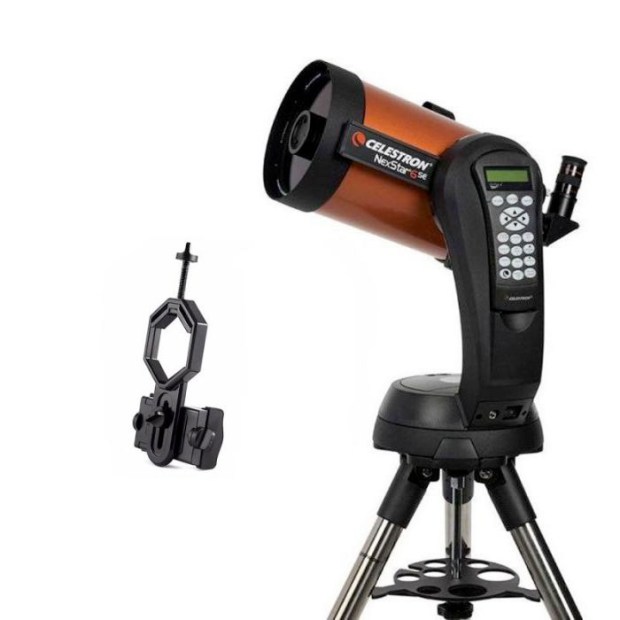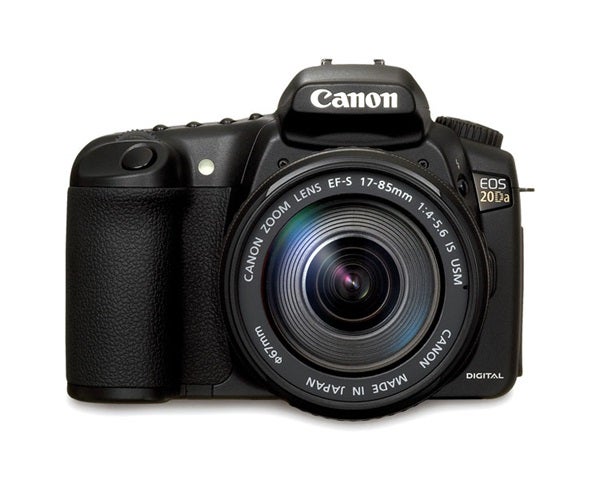
This review, “Designed to shoot the sky,” appeared in the July 2006 issue of Astronomy magazine
For years, I’ve wished I could walk into a camera store and buy a large-chip, single-lens reflex (SLR) camera designed for astrophotography. Now I can. In 2005, Canon introduced a modified version of its 20D digital SLR that’s astrophotography-friendly. The latest version, the best-selling EOS 20Da, features a modified infrared-blocking filter that sits in front of an 8.2-megapixel CMOS sensor. The new filter now lets the Hydrogen-alpha (Hα) line of the spectrum, located at the wavelength of 656.28 nanometers, pass through and reach the chip. Capturing this wavelength is a must for high-quality images of many deep-sky objects.
Canon claims this camera captures 2.5 times the Hα light recorded by older models. This means better pictures of emission nebulae. It also boosts an image’s overall contrast, an important consideration when shooting faint HII regions.
To continue reading this review you need to be an Astronomy magazine subscriber.
Subscribers have full access to our equipment review archive and many other great online benefits.
Already a subscriber? Simply log in or create an account below.



